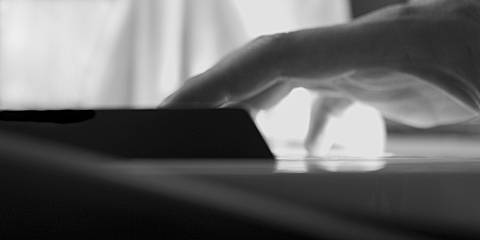Akustik Kies: "Reflexiv Hören"

The "Akustik Kies" Double Album
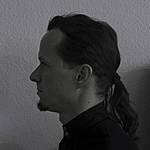
2010 marked a significant change in the approach for the MoinSound Studio Sessions. This event series had, all through 2009, featured a musical approach similar to that of Wie groß ist die Luft? (read: trombone and vocal noises and komische Elektronik), with some multi-instrumentalist expansions of that (being melodica, acoustic and electric guitar and bass guitar, saxophone, recorder, found percussion) also finding its way onto the MoinSound Studio Sessions release.
2010 however had Straschill mainly moving (or moving back, if you will) towards the acoustic piano. Acquiring a Kurzweil K2600XS, a great master keyboard, and Steinberg's The Grand 3 helped a lot here, and so in the end, there was a great amount of recordings of acoustic piano playing available - both with and (this may come as a surprise to you) without electronic processing and realtime loops.
So much material indeed, and such diverse material, that the logical conclusion was to release those recordings as the first-ever Moinlabs double album. Entitled "Akustik Kies", this double album consists of the parts Transitiv Sehen (solo acoustic piano without any processing) and Reflexiv Hören (piano plus komische Elektronik). Both parts of this double album will be available separately.
Reflexiv Hören
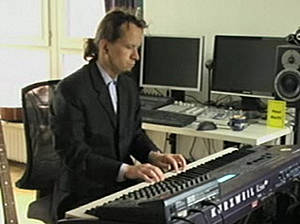
After the steps on new territory on Transitiv Sehen, Straschill is back in his home turf on this release: this time, the acoustic grand piano as the only sound source is complemented by odd signal processing - the unavoidable realtime loops, the distorted delays, the huge reverb caverns. And with that comes, as this technology just tends to lead to that, an increase in track duration compared to the first half of the double album.
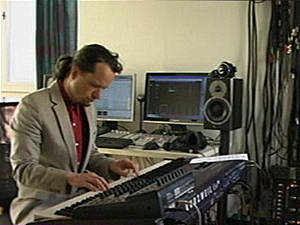
Interestingly, the musical approach - harmonies, counterpoint, melody, tonality - hasn't changed significantly in comparison to Transitiv Sehen, or rather not at all.
In fact, there's close relationships between different tracks on each album. One of Transitiv Sehen's strongest tracks, Der Schicksalsfurz, has found its blood brother (or nemesis) in Grüner Wind, where high-pitched reverse loops create an aggressive background for the harmonic development. The new release's longest track, Panthermeisen (clocking in at nearly 14 minutes) relates of course to Kohlmeisen, with which it shares the ostinato pedal point on top of which a modal progression is built - right before the track moves into Straschill's granular loop treatment, thus turning the majestic grand piano in something resembling a bleepy synth. And finally, Ein Strandspaziergang ohne Netzwerk (lang) resembles in its make Transitiv Sehen's Ersatzverkehr - here, a slowly developing theme is pitched down and used as the backdrop for a development of a deceptively simple motif.
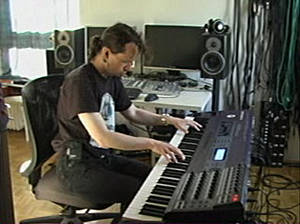
All in all, this is again one of those albums which are best enjoyed from beginning to end.
How to get it
The album is available as a digital album download from bandcamp via the player on the left, or directly here.
Note that you should really get the download - it features some fancy PDF booklet not available anywhere else.
Credits & Acknowledgements
The track Ein lustiger Vortrag was inspired by the "Exercise #1" on the #twitterchords progression by Matt C. Erion.
The artist also likes to thank all those followers who have continued to follow the bi-weekly MSSS, no matter what he threw at them - in 2010 this was anything in the force field between An Ambient Manifold, Nerdville and the very piano sessions.
